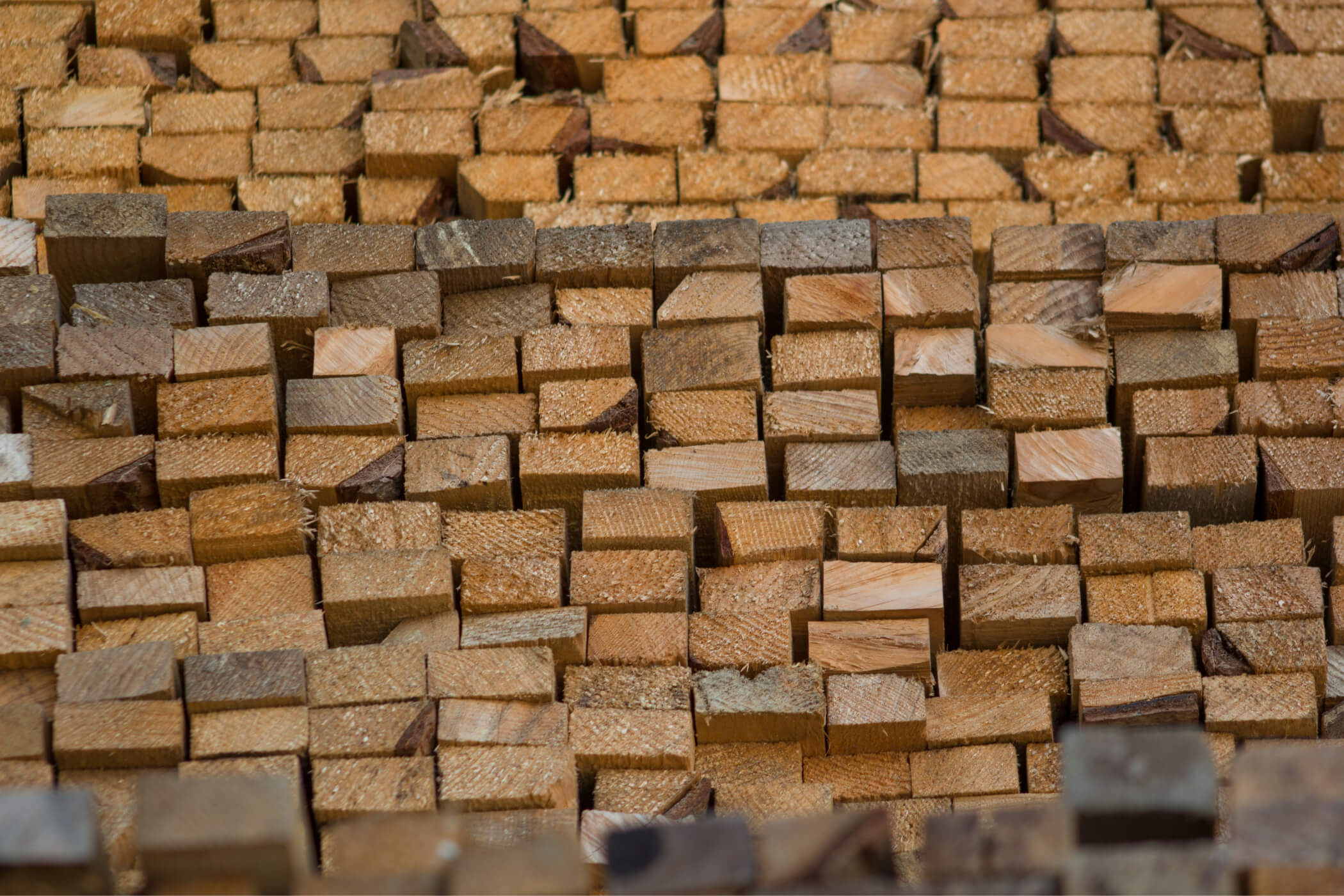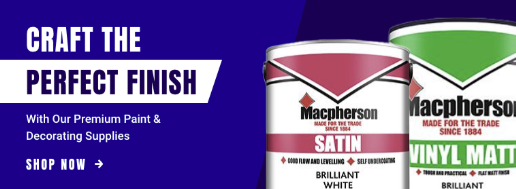Ever since humans first started building things, wood has been our go-to material – and for good reason. It’s easy to cut, surprisingly strong (with a strength-to-weight ratio that beats most types of steel), and despite prices shooting up in recent years, it’s still very affordable. Wood really is brilliant.
But we’re not the only ones who think wood is fantastic. Insects and fungi absolutely love the stuff too, seeing it as their own personal buffet. Left to their own devices, they will slowly munch their way through your timber, breaking it down bit by bit until your beautiful fence or shed starts looking more like Swiss cheese.
That’s where pressure-treated wood comes in. At Mitcham Builders Merchants, we’ve been supplying the highest quality pressure-treated timber for years, and we’ve learned a thing or two about it along the way. In this article, we’ll be answering: what is pressure-treated wood, and how can it improve the longevity of your projects?
What Is Pressure-Treated Wood: The Complete Guide
Whether you’re planning a complete garden makeover, putting up a fence, or constructing a gazebo, it’s absolutely essential to make sure your wood is pressure-treated if you want your project to last. There’s nothing worse than putting in all that hard work only to watch it fall apart because the timber wasn’t properly protected.
This article will explain exactly what it means for wood to be pressure-treated and plenty more. Here’s what you can expect:
- What Is Pressure-Treated Wood?
- What Is Tanalised Timber?
- Pressure-Treated Vs Heat-Treated
- Can You Paint Treated Timber?
- How To Tell If Timber Is Treated
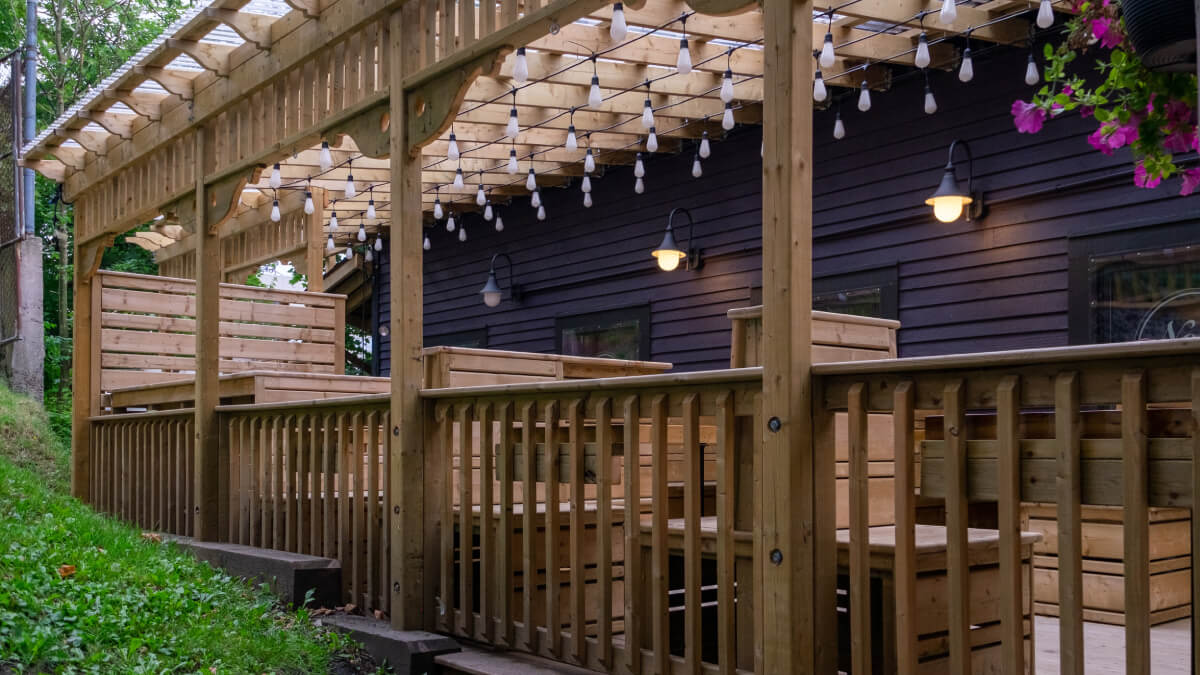
What Is Pressure-Treated Wood?
Pressure-treated wood is timber that’s been given a chemical defence system to protect it from rot, decay, and those wood-eating insects we mentioned earlier. The process involves forcing preservative chemicals deep into the wood fibres under high pressure – think of it as giving your timber a really tough shield against everything that wants to destroy it.
The most common chemicals used in this process are copper-based preservatives, which are brilliant at keeping fungi and insects at bay. These chemicals are forced into the wood using a vacuum and pressure system that ensures they penetrate right through to the core, not just coating the surface.
Why does wood need this treatment? Well, untreated wood is a disaster waiting to happen. Moisture gets in, fungi start growing, insects move in for a snack, and before you know it, your timber is falling apart. Pressure-treating protects the wood from these destructive forces.
The results are pretty impressive – properly pressure-treated wood can last around 60 years if it’s not constantly exposed to the elements (like internal framing), and about 30 years for outdoor applications like decking or fencing. That’s a serious return on investment compared to untreated timber that might start showing problems within just a few years.
What Is Tanalised Timber?
Here’s something that trips people up – tanalised timber and pressure-treated wood are exactly the same thing. Both terms refer to wood that’s been treated with preservative chemicals under pressure. It’s just different ways of saying the same thing.
The reason it’s called “tanalised” is because the process typically involves a chemical called Tanalith E. This is one of the most common preservative systems used in the UK, and it’s so widely used that many people just refer to all pressure-treated wood as “tanalised timber.” It’s become a bit of a generic term, like how people call all vacuum cleaners “hoovers”, even if they’re made by different companies.
Tanalith E is a copper-based preservative that’s particularly good at protecting against fungal decay and insect attack. It’s been the industry standard for years because it’s effective, reliable, and relatively environmentally friendly compared to some of the older chemical treatments that used to be common.

Pressure-Treated Vs Heat-Treated
Pressure-treating isn’t the only way to make wood more durable. There’s also heat-treated wood, sometimes called thermally modified timber, which involves heating the wood to around 180-230°C to make it tougher and more resistant to decay. It’s seen as a chemical-free alternative to pressure-treated wood, which appeals to people who prefer more natural approaches.
But how do they stack up against each other? Let’s break it down:
Durability: When it comes to environments that are consistently wet or damp, pressure-treated wood is the clear winner. The chemical preservatives create a hostile environment for fungi and bacteria that cause rot, giving you better protection in challenging conditions. Heat-treated wood is more durable than untreated timber, but it doesn’t quite match the rot resistance of pressure-treated wood, especially in really wet conditions.
Stability: This is where heat-treated timber really shines. The thermal modification process reduces the wood’s ability to absorb moisture, which means it’s much less likely to warp, twist, or shrink over time. Pressure-treated wood can still move quite a bit as it dries out after treatment and responds to seasonal moisture changes. If dimensional stability is your main concern, heat-treated timber has the edge.
Strength: Here’s where heat treatment has a downside – the high temperatures used in the process can cause the wood to lose some of its density and structural strength. We’re talking about reductions of up to 30% in some cases, which is pretty significant if you’re building something that needs to bear weight. Pressure-treated wood maintains its original strength properties, making it the better choice for structural applications.
Appearance: Heat treatment gives wood a lovely rich, darker colour that many people prefer for aesthetic reasons. It’s a natural-looking finish that doesn’t require staining to look good. Pressure-treated wood, on the other hand, doesn’t change the colour much – though you might notice a slight greenish tint from the copper-based preservatives, which fades over time.
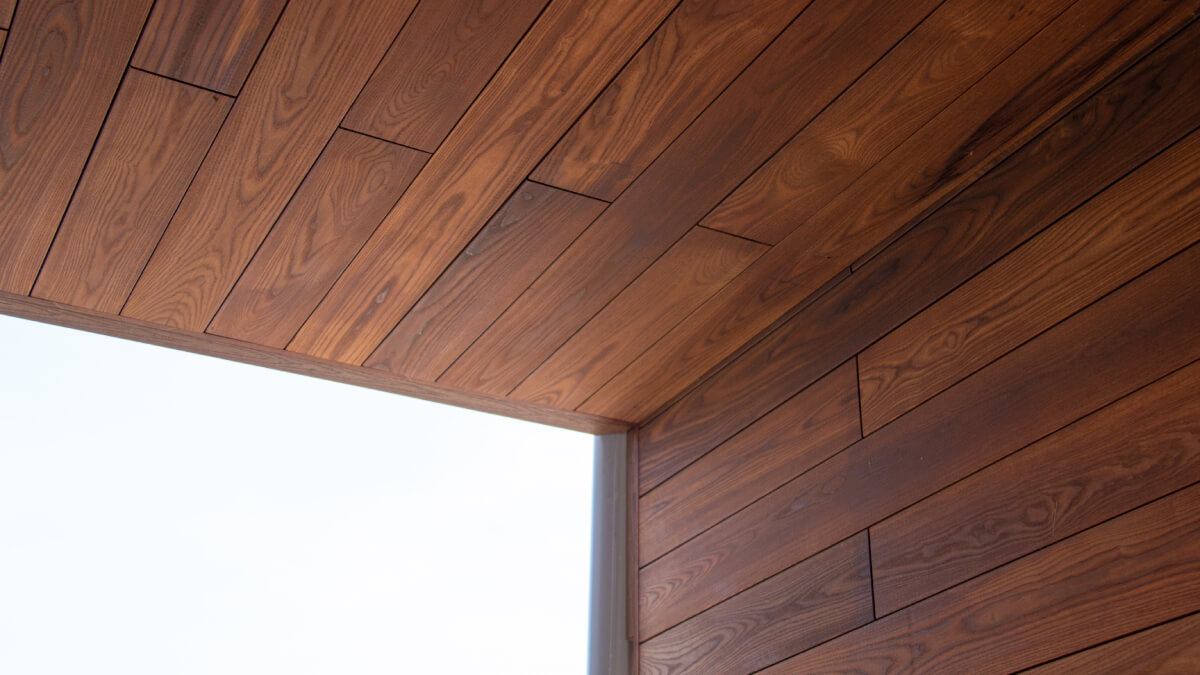
Can You Paint Treated Timber?
Absolutely, you can paint treated timber – but the type of paint you use makes all the difference. The preservative chemicals in pressure-treated wood can be a bit tricky to paint over if you don’t prepare properly.
Your best bet is to start with a high-quality primer specifically designed for treated timber, followed by an exterior-grade latex paint. The primer is crucial because it creates a proper bond between the paint and the treated wood surface. Skip this step, and you might find your paint peeling off sooner than you’d like.
Make sure the timber is properly dry before you start painting – freshly treated wood often has quite a bit of moisture in it, and the paint won’t adhere properly to damp surfaces. Give it a few weeks to dry out, especially if you’re painting outdoor projects.
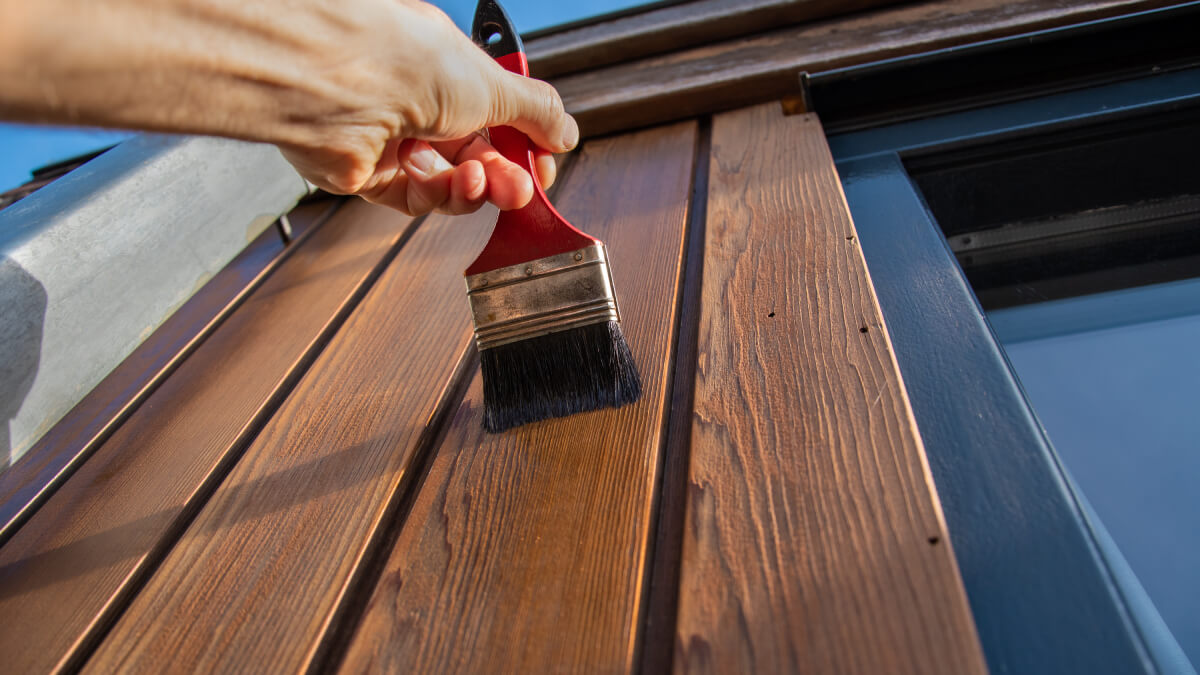
How To Tell If Timber Is Treated
Wondering whether that pile of timber in your shed is treated or not? There are a few telltale signs to look out for.
The most obvious sign is a greenish tint to the wood – this comes from the copper-based preservatives used in most pressure-treated timber. Fresh treatment will give the wood a fairly noticeable green colour, but don’t worry if you can’t see it on older timber. This colour fades over time as the wood weathers, so it’s not a reliable indicator for timber that’s been sitting around for a while.
The texture can also give you a clue. Pressure-treated wood often feels slightly rougher or grainier than untreated timber. This is because the pressure treatment process can raise the grain slightly, giving the surface a different feel.
Another giveaway is the smell – pressure-treated wood often has a distinctive chemical odour from the preservatives. It’s not unpleasant exactly, but it’s definitely noticeable, especially on freshly treated timber.
If you’re still not sure, check for any stamps or markings on the timber. Treated wood is usually marked with information about the treatment type and the supplier, though these marks can sometimes be hard to spot or may have been cut off if the timber’s been trimmed.
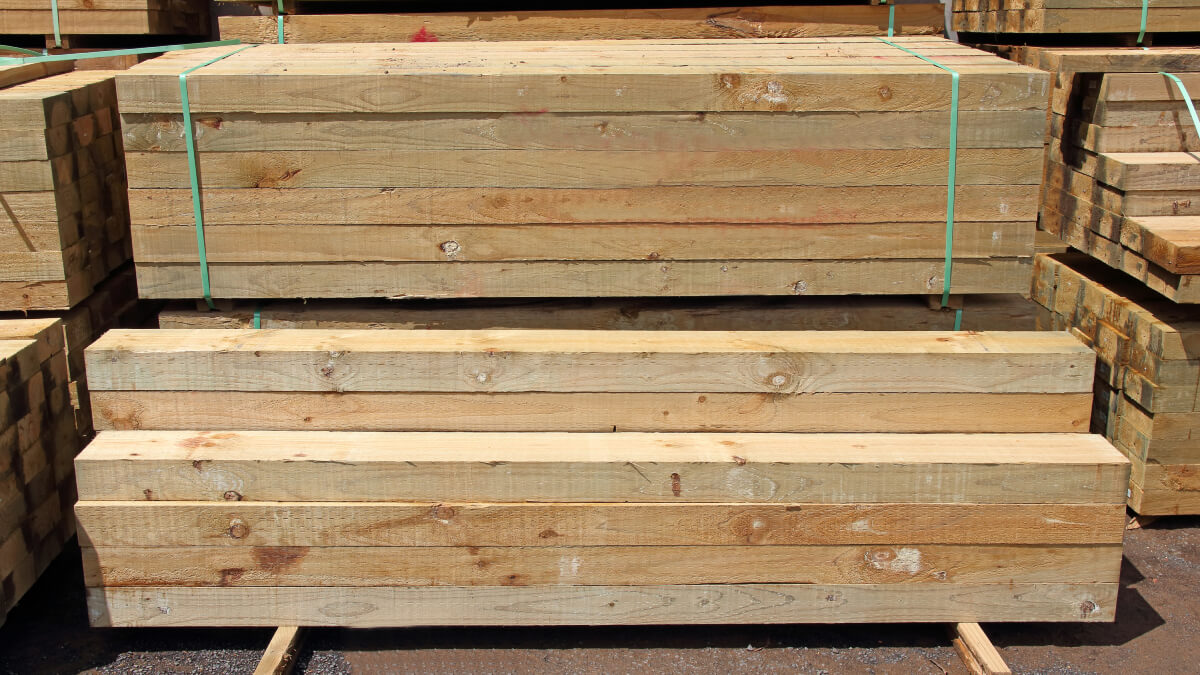
Get Pressure-Treated Wood At Mitcham Builders Merchants
So there you have it – everything you need to know about pressure-treated wood. We’ve covered what it is, why you need it, how it compares to other treatments, and how to spot it. The bottom line is that if you’re building anything outdoors or in damp conditions, pressure-treated timber is your best friend for ensuring your project stands the test of time.
From garden sheds to fence posts, decking to outdoor furniture, pressure-treated wood gives you that extra peace of mind that your hard work won’t be undone by rot or insect damage. Yes, it costs a bit more upfront than untreated timber, but when you consider that it can last decades longer, it’s money well spent.
Need some quality building supplies in Croydon for your next project? Pop down to Mitcham Builders Merchants and have a chat with our team. We stock a full range of pressure-treated timber alongside all the other building materials in Croydon you’ll need to get your project finished properly. Whether you’re a professional builder or a weekend DIYer, we’re here to help you choose the right materials for the job.





